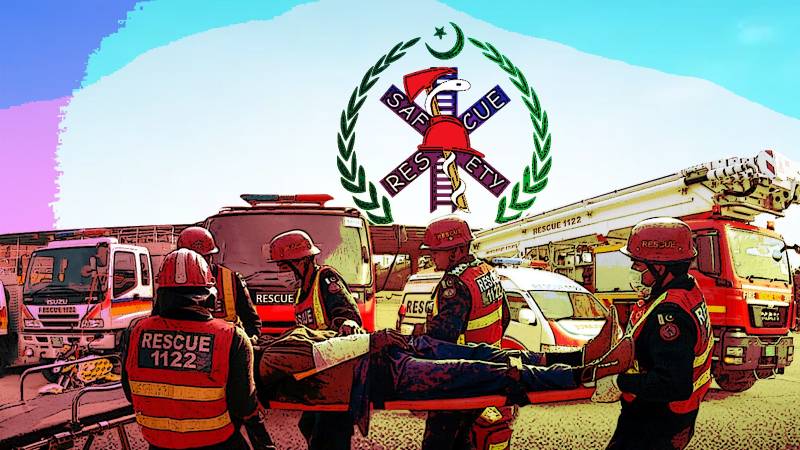
Road traffic crashes pose a serious threat to human lives, capital, and economic growth. According to the World Health Organization (WHO), road traffic crashes claim the lives of approximately 1.3 million people each year, and non-fatal injuries affect 20 to 50 million individuals, with many of them resulting in disability. These losses are more conspicuous in middle and low-income countries that account for 93 percent of the world’s road fatalities.
Road traffic crashes cause a considerable loss to the economy, which is approximately three percent of the Gross Domestic Product (GDP) for most countries.
Research has shown that countries with the greatest progress in road safety and lowest death rates have achieved this by introducing data-driven problem identification and creating evidence-based interventions coupled with ambitious quantitative goals and coherent institutional responsibilities. For example, Sweden targeted reducing fatalities by 50 percent between 2020 and 2030.
A growing fatality rate involving younger motorbikes is also a matter of concern, as only in Lahore 55 percent of road crashes are associated with the younger population aged between 21-30 years
To achieve this ambitious goal, the temporal evolution of fatalities and serious injuries is periodically analysed to assess the current situation and, more importantly, to investigate the potential impact of proposed interventions (e.g., reducing the default speed to 40km per hour in urban areas). The overall aim is to hold a long-term data-driven approach to road safety. This also entails input from different stakeholders, including provinces, municipalities, police, and interest groups.
Pakistan also faces the acute dilemma of road traffic crashes, Lahore being one of the main hotspots. As per data provided by Punjab Emergency Services Department (commonly known as Rescue 1122), 83 percent of recorded crash victims are associated with motorbikes. A growing fatality rate involving younger motorbikes is also a matter of concern, as only in Lahore 55 percent of road crashes are associated with the younger population aged between 21-30 years. Most motorbike riders experience fracture, spine, abdominal, or head injuries in a road crash.
While Rescue 1122 plays a prominent role in post-crash service by aiming to maintain a standard response time of eight minutes or less, the current situation presents a dire need for proactive measures to ensure the safety of all road users. These measures should focus on reducing the risk of crashes and making urban roads safer.
Evidence and data-driven road safety strategy could improve the road safety situation in Pakistan. The approach should include finding policy solutions, monitoring road safety targets, and enhancing and standardising road safety data.
Our investigators reveal major blackspots on the Ferozpur road, other major blackspots near the Thokar Niaz Baig flyover, and the junction between GT road and Bhogiwal road
In Pakistan, road safety data is either missing, incomplete or not publicly available. These issues impede the development of a comprehensive road safety policy. Effective policy can only be implemented if it is targeted and monitored using accurate data. Since some regions in the city are more severely affected than others, improvement strategies can be prioritised and concentrated on specific regions using data exploration. Publishing detailed crash profiles that highlight key components of road safety, such as speed management and post-crash care, can assist researchers, partners, and development practitioners in identifying challenges and opportunities, as well as tracking progress. A yearly study report on safety indicators could present the prevailing road safety trends.
But there are positive signs in the making. The Punjab Emergency Services Department (PESD) is now using technology to route emergency vehicles and logging details of RTCs. To catalyse a data-driven approach to improving road safety in Pakistan, a team at the Center of Urban Informatics, Technology and Policy at Lahore University of Management Sciences (CITY at LUMS), funded by the Higher Education Commission of Pakistan through its Grand Challenge Fund, is actively engaged with PESD. Using statistical techniques on the data provided by PESD, the team has identified major RTC blackspots in Lahore. Our investigators reveal major blackspots on the Ferozpur road, other major blackspots near the Thokar Niaz Baig flyover, and the junction between GT road and Bhogiwal road.
The investigations also reveal that pedestrians, if involved in a crash, are most prone to severe injury or death – thus pointing to the need for pedestrian-friendly roads.
In collaboration with PESD,, the team aims to highlight these major RTC blackspots to relevant stakeholders,, leading to safety audits and on-ground measures to improve road safety. Our ongoing activities include data-driven identification of intersections and junctions prone to the most severe crashes and data-driven optimised resource allocation that can minimise average response time for emergency vehicles.
It is hoped that these efforts will spawn the widespread adoption of technology and data for devising a comprehensive road safety policy for Pakistan.

